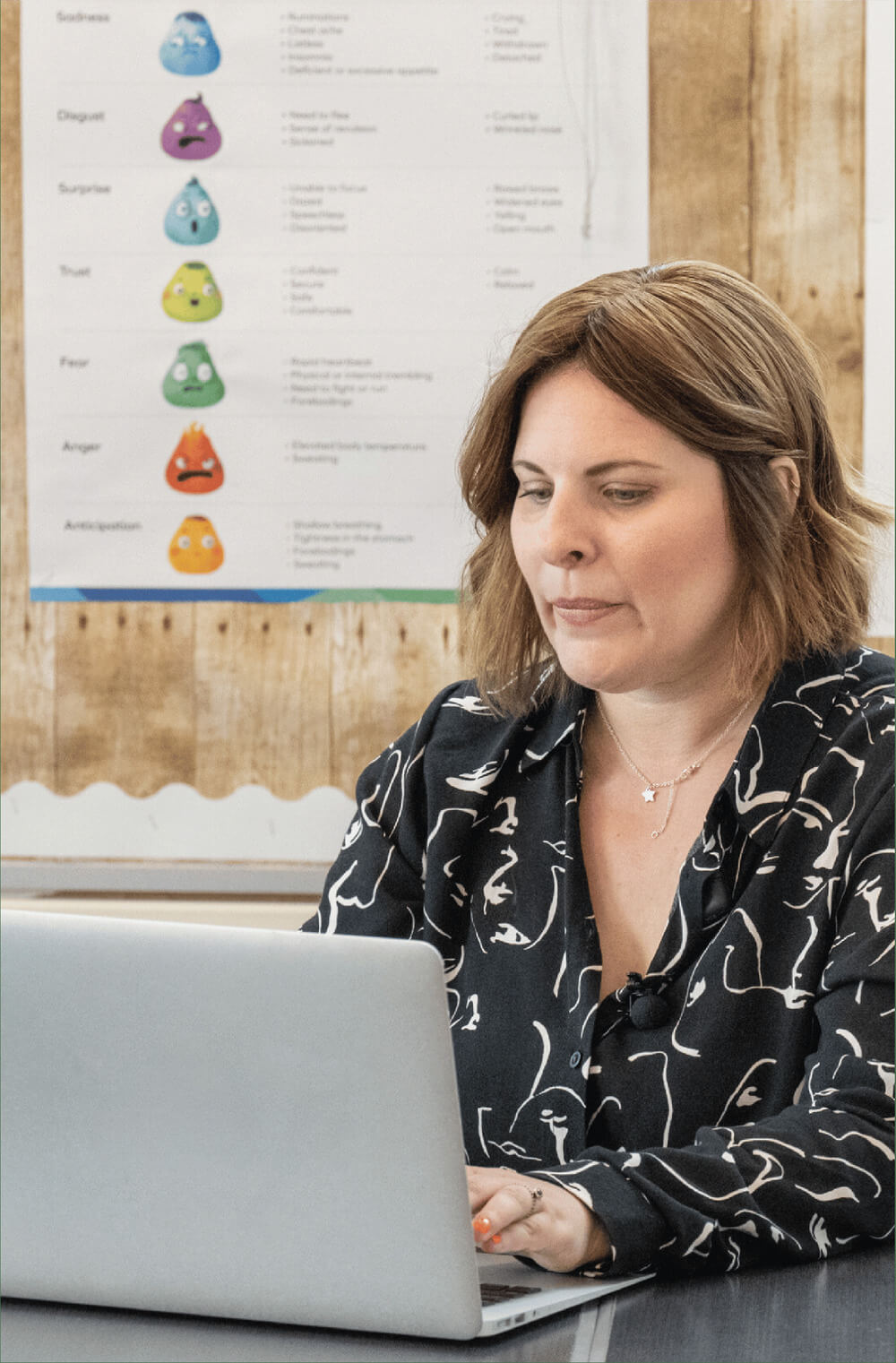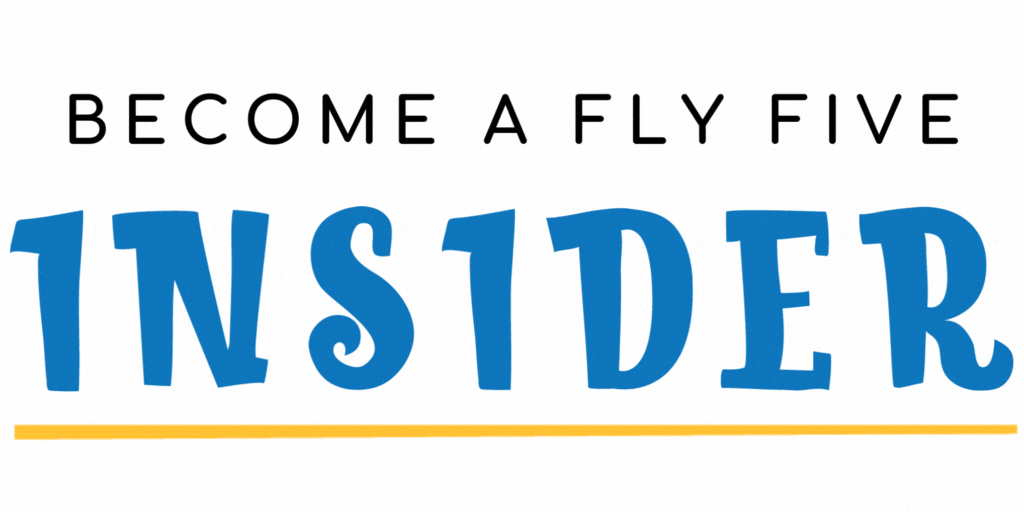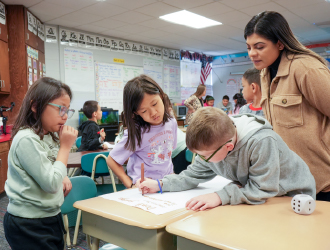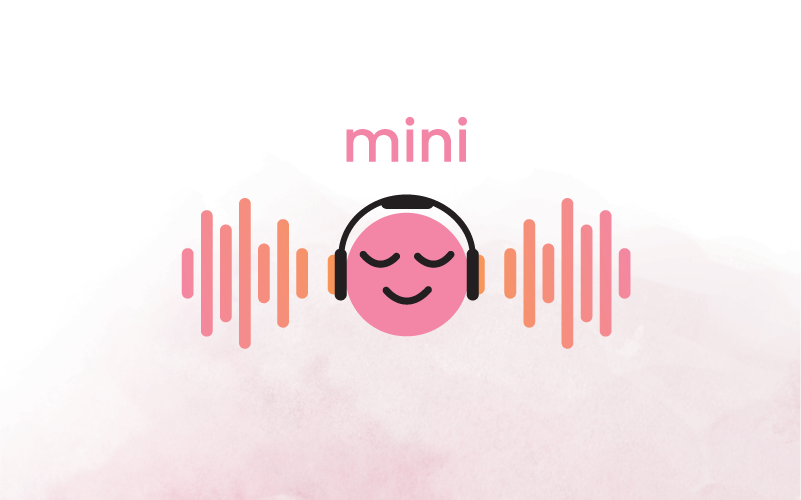

What is Emotional Literacy?

As we develop, emotional literacy becomes a major part of how we manage our day to day. It gives us the ability to read, recognize and respond appropriately to our thoughts, feelings and emotions. Using emotional literacy skills, we can better describe our wants and needs to others as well as the wants and needs of those around us. In this article, investigate the ways in which we use our emotional literacy skills to navigate basic emotions, how they look and sound and how we respond.
Emotional management, the result of strong emotional literacy skills, is especially important in stressful situations. Instead of allowing a challenging morning to affect the outcome of the day, emotional literacy allows students and adults to work with their emotions and feelings to better plan what happens next.
What Is Emotional Literacy?
Emotional literacy is the ability to “read,” recognize, and respond accordingly to feelings and emotions from interpersonal and intrapersonal circumstances (Connor & Hildenbrand, 2020). When we experience emotions intensely, it can be difficult to remember that they are temporary. We navigate a multitude of feelings and emotions every day, each for a specific purpose. No one person will experience emotions in the same way. Using emotional literacy to observe our very specific inner lives helps us to better pinpoint what to do when strong feelings or emotions arise. Once we are better able to recognize and understand our emotions, we can work toward regulating and handling them constructively and with self-awareness.
Humans are capable of experiencing around 34,000 emotions, and although it’s difficult to recognize all of them, tools like Plutchik’s wheel of emotions help us better understand our students and ourselves (Karimova, 2021). We experience eight basic emotions:
- Joy gives us a sense of purpose and well being
- Sadness helps us focus on what matters
- Disgust helps us to redirect what is harmful or unhealthy
- Surprise redirects our attention to something new
- Trust allows us to be vulnerable and bond with others
- Fear protects us from harm or danger
- Anger motivates us to action
- Anticipation helps us to predict our outcomes

What Do Emotions Look and Sound Like?
Emotional literacy gives us the tools to identify, understand, and respond to emotions in oneself and others in a healthy manner. Although each emotion has a purpose, feelings can look and sound different in each individual. When cultivating self-awareness of our emotions, we encounter a subjective experience, an evaluation of that experience, a bodily reaction, and a behavior expression (Barrett et al., 2007) For example, joy gives us a sense of purpose and well-being. It can feel like a quiet confidence or butterflies in the stomach, and it may look like someone with a smile, upbeat tone of voice, and relaxed posture.
The way we express ourselves is colored by life experiences, popular culture, and belief systems. More challenging emotions like anger can feel uncomfortable or overwhelming at times, causing perspiration, increased body temperature, and a change in voice pitch and tone.
When we’re experiencing trust, we allow ourselves to open up to something new. This can feel like confidence, security, or comfortability with yourself and others. Emotional literacy skills help us to better understand our own emotions, so that we in turn can empathize with and recognize the emotions of others.
Naming and Regulating Emotions
Students may already be aware of the eight basic emotions, but it is worthwhile to review their names and purposes. For younger students, keep the discussion as simple as possible, such as “I feel happy” (Tavenner, 2020). As students become familiar with naming emotions, it will be easier to offer strategies that can help students to self-regulate their emotions. After we recognize the emotion we’re experiencing, we can work toward regulation strategies that are both mindful and physical. Focused breathing and body scans help when the feelings become overwhelming. We can also cope by journaling, drawing, or listening to music to reduce stress.
At times it’s not immediately clear what feelings we’re experiencing, but naming our emotions gets easier with practice. As we become more comfortable naming and regulating emotions, our coping skills will help us remain more present (Tavenner, 2020). We will also be able to show more empathy to ourselves and others in and out of the classroom. Once we have a grasp on how we’re doing, we become more self-aware (TeensHealth, 2021). This awareness can improve our overall health, assertiveness, and decision-making skills, helping us move past burdensome situations faster.

How Emotional Literacy Benefits Students and Adults
We all experience emotions every day, and in adolescence it can feel even more intense to regulate them. (Rolston & Lloyd-Richardson, n.d.) It is important for children to develop coping skills, because often these cycles of emotional literacy follow us into adulthood. There are an abundance of healthy strategies for honoring our emotions and feelings, but finding what works for you is key.
Some benefits of emotional literacy include:
- Knowing how to manage strong feelings before and after we experience them, in ways that benefit us
- Being more assertive in attending to our emotional needs through positive affirmations, going on walks, or taking deep breaths
- Empathizing and connecting with others as we cultivate a stronger sense of emotional awareness
It’s important to keep in mind that we are living in exceptional times. As school communities continue to cope with changing circumstances, we should offer ourselves grace. Remember that everything is temporary, and if our feelings become overwhelming, it is okay to take the time to hit the reset button. Take deep breaths and listen to the concerns of students, parents, and fellow teachers. Emotional literacy and self-care should take the lead as we navigate the future of our school communities.
References
Barrett, L. F., Mesquita, B., Ochsner, K. N., & Gross, J. J. (2007). The experience of emotion. Annual Review of Psychology, 58, 373–403. https://doi.org/10.1146/annurev.psych.58.110405.085709
Connor, R. & Hildenbrand, A. (2020).. SEL and literacy: A natural fit. Journal of Social and Emotional Learning, 1(5), 4–6. https://www.crslearn.org/publication/feburary-2020-literacy-and-sel/sel-and-literacy-a-natural-fit/
Karimova, H. (2021, May 20). The emotion wheel: What it is and how to use it. Positive Psychology. https://positivepsychology.com/emotion-wheel/
Rolston, A. & Lloyd-Richardson, E. (n.d.). What is emotion regulation and how do we do it? Cornell Research Program on Self-Injury and Recovery. http://selfinjury.bctr.cornell.edu/perch/resources/what-is-emotion-regulationsinfo-brief.pdf
Tavenner, J. (2020). What’s the commotion about emotions? Journal of Social and Emotional Learning, 1(7), 12–13. https://www.crslearn.org/publication/supporting-you-in-times-of-change/whats-the-commotion-about-emotions/
TeensHealth. (2021). Managing your emotional reactions. Nemours. https://kidshealth.org/en/teens/emotional-reactions.html




